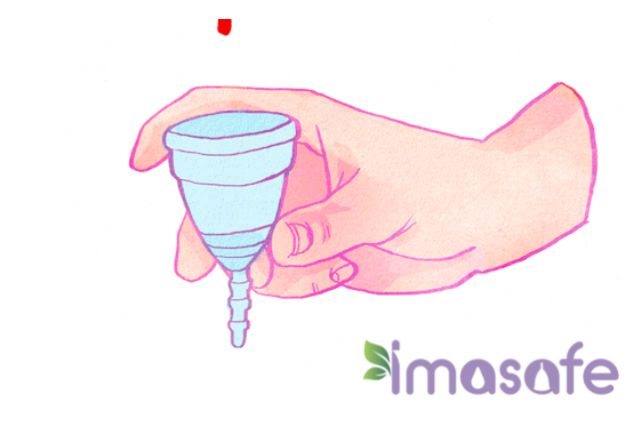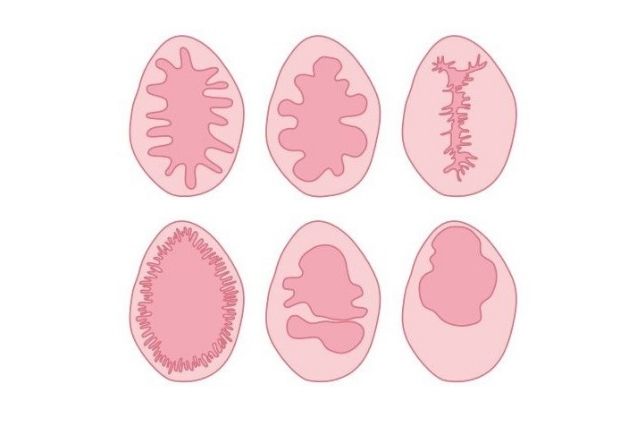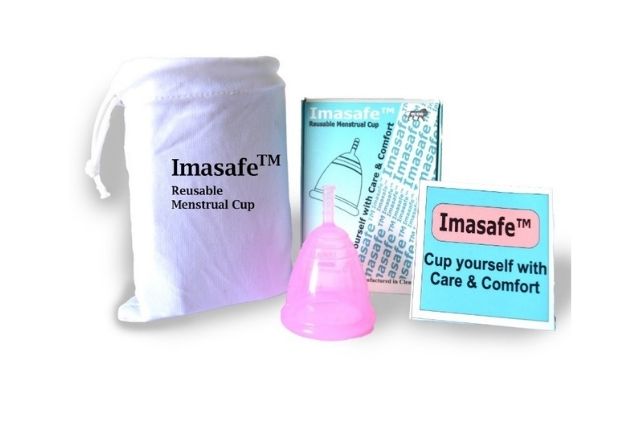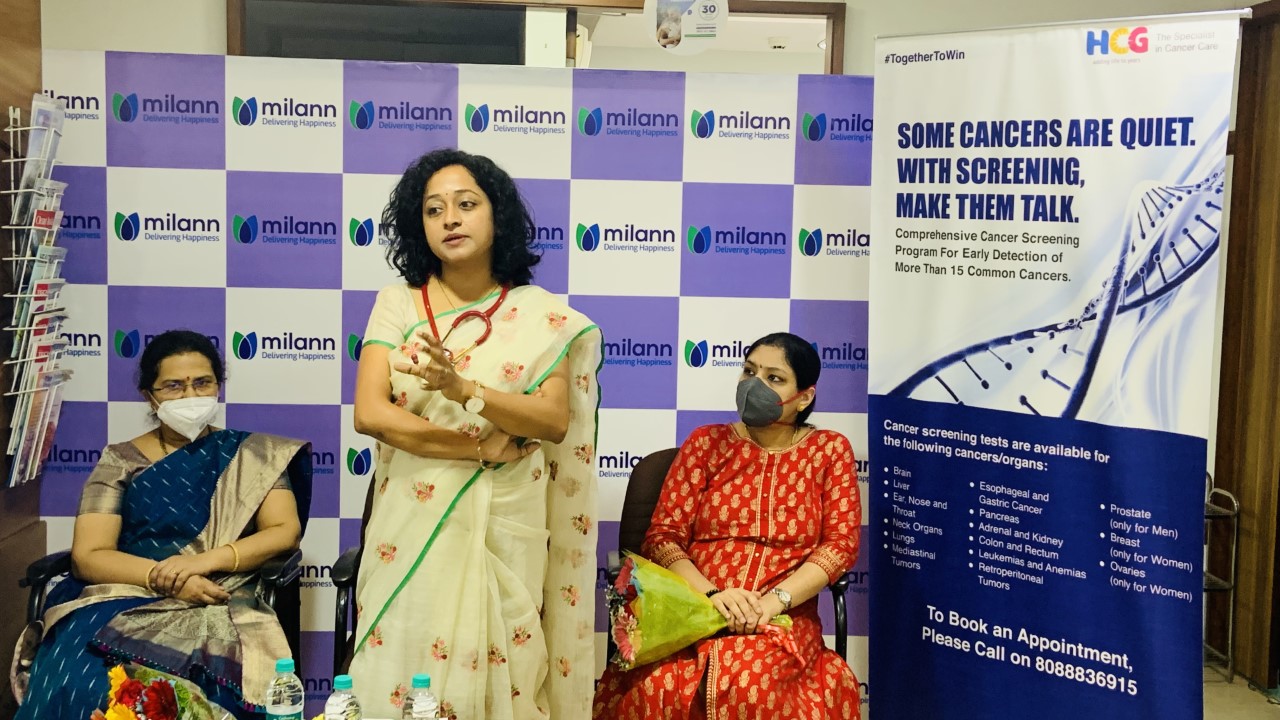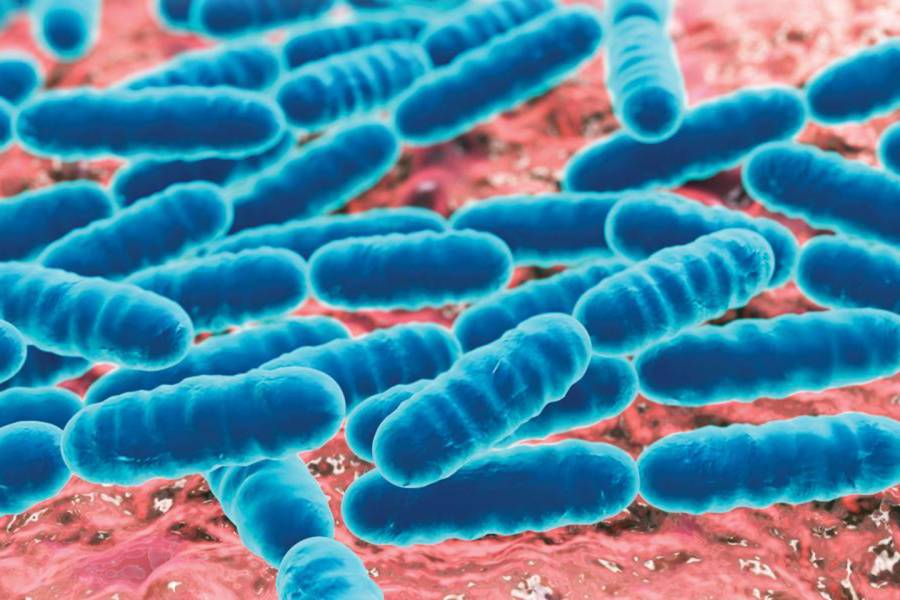About one in eight women will be given a breast cancer diagnosis at some point in their lives. If that seems excessive, it’s because skin and breast cancers affect more women than any other type of cancer. In many cases, what was once a grim diagnosis has become a treatable disease thanks to greater awareness and innovative treatment techniques. Early detection is the key to it.
To understand why early detection is so important for fighting and beating—breast cancer. Here are six facts Dr. Vijay Karan wants you to know:
#Fact 1: A better prognosis results from an earlier diagnosis.
There is a much better outcome for breast cancer when it is discovered early. Breast cancer is now detected earlier, thanks to increased awareness and more sophisticated exams and screenings. Because of this, the prognosis for most breast cancer patients is excellent.
The risk of metastatic breast cancer, which occurs when breast cancer has spread to another part of the body, such as the lymph nodes or the lungs, is present in patients who do not detect cancer early. Once cancer has spread to another organ in the body, it is more difficult to treat.
#Fact 2: Over 1,500 years ago, the first breast cancer was recorded.
Theodora, the Empress of Byzantium, underwent the first breast mastectomy recorded in A.D. 548. The “radical” mastectomy (which entails removing the breast, the chest muscle underneath, and the lymph nodes.), until the 1960s, was the accepted surgical method for treating breast cancer. Breast cancer research and treatment have advanced significantly in recent years.
#Fact 3: Majority of women survive breast cancer
Breast cancer research has advanced significantly in recent years. There have been significant changes in breast cancer management, including risk assessment, prevention, surgery, radiation, and other treatments. Breast cancer survival rates are now 80% or higher in developed countries, and death rates from the disease have been falling in more developed nations in recent years. However, the survival rate in low-income nations is still below 40%.
Fact #4: Other forms of treatment besides a total mastectomy exist.
Compared to decades ago, there are now many newer breast cancer treatments. There are alternatives to full breast removal that can be considered.
There are more recent options for conserving the breast, such as partial mastectomy and lumpectomy (which eliminates cancer while retaining the majority of the healthy breast and breast tissue). Researchers are creating new drugs with very promising outcomes in addition to more sophisticated surgical options, for instance, some estrogen-blocking medications frequently used to treat breast cancer may also aid in its prevention. This medication is used to treat patients who have been identified as high-risk but have not yet received a cancer diagnosis.
#Fact 5: You can lessen your risk of developing breast cancer.
The best way to lower your risk of breast cancer is to have regular screenings appropriate for your risk level. You can also reduce your risk by:
1.Maintain a healthy weight. Gaining weight as an adult is linked to a higher risk of breast cancer.
2.Practice regular exercise.
3.Reduce your alcohol intake. Women are only allowed one alcoholic drink per day, while men are only allowed two.
#Fact 6: Breast cancer also affects men. In the course of their lifetime, breast cancer will affect one in 1,000 men.
Men can develop breast tissue and breast cancer, which is a fact that many people are unaware of. But because men’s breast duct cells are less developed than women’s and because they typically have lower levels of female hormones that influence the growth of breast cells, men are less likely to develop breast cancer.
When there is a will there is a way. This Breast Cancer Awareness Month make sure you go get yourself screened.












